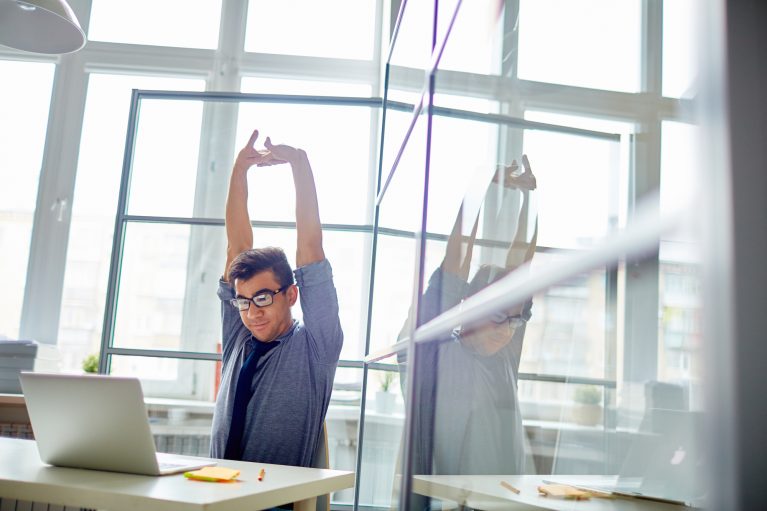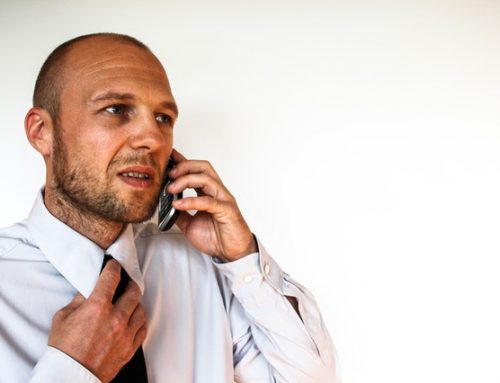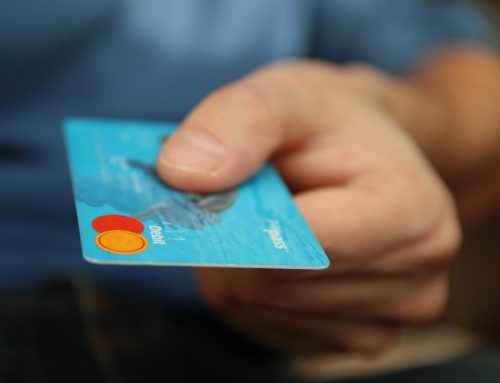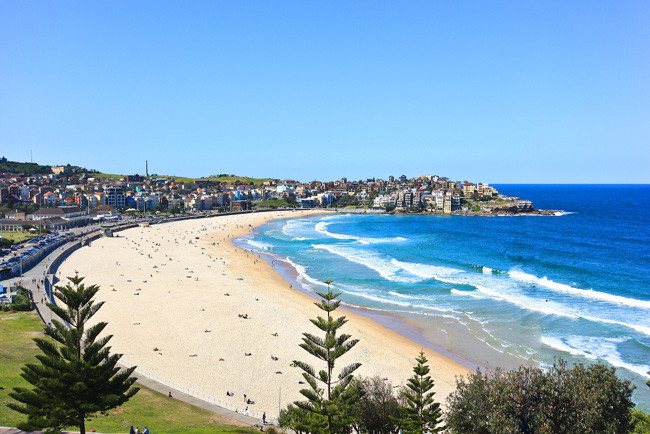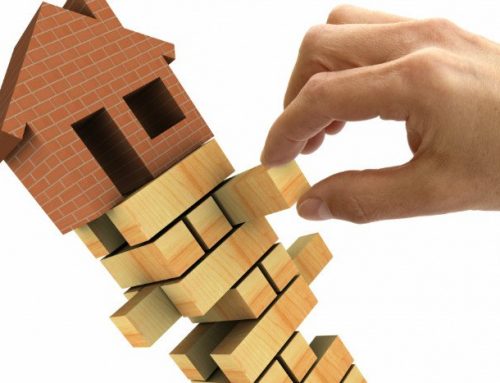If you hardly noticed your last wage increase and you’re left struggling for cash at the end of each month, you’re certainly not alone.
Economic inequality is on the rise and it’s not just your pay packet that’s taking a hit. A new report that’s just been released suggests that the entire nation’s well-being is on the line if the income gap continues to widen.
The report, entitled ‘Inequality — the hidden headwind for economic growth’, was compiled by the Inclusive Prosperity Commission of the Labor-aligned Chifley Research Centre. It suggests that income inequality is impacting economic growth and will end up costing every Australian $500 a year if nothing is done about it.
The resultant economic loss could exceed the expected gains from the trade agreements with Japan, China and Korea combined, says the report.
Former Labor Treasurer Wayne Swan is one of the report’s authors, and it will help determine how the Opposition deals with Prime Minister Malcolm Turnbull’s plans for big spending cuts and tax relief for businesses.
“The evidence is in: trickle-down economics fails not only the fairness test but the growth test,” said Mr Swan in reference to the proposed business tax cuts which add up to around $50 billion over 10 years.
“We need inclusive prosperity where everyone benefits when the economy grows and where economic growth is stronger because everyone is involved in producing it.”
The report suggested several ways to combat economic inequality, including better access to good education, more help for women who want to work, and more affordable health care.
It also identifies the need for “reforms to negative gearing on property, capital gains, superannuation and international tax that create the space for a reduction in effective tax rates on middle — and low -income workers — increasing take-home pay and preserving incentives to work and invest in the real economy.”
Inequality has been affecting the economy for a while, with middle-income households forced to cut back on their spending, said Chifley Centre executive director Michael Cooney.
“Inequality has been rising in Australia: real wage growth is slow, houses are harder to afford, some kinds of health care are more expensive than ever, and education funding is inadequate and poorly targeted,” Mr Cooney said.
During the global financial crisis, stimulus spending temporarily stopped the income gap from growing any further, but things have now returned to ‘normal’ and the rich are getting richer while the poor are getting poorer. Ordinary families have less to spend, and this is hurting the economy.
“Lower and middle-income earners have a much higher marginal propensity to consume. In other words, they spend more of their income,” said Mr Cooney.
“By giving them a lower share of income they have less money to consume in the economy.
“Second, investment opportunities in poorer segments of the population are reduced. In particular, high income-inequality restricts the ability of lower-income people to improve their knowledge and skills by investing in their own education.
“At a macro-economic level this restricts the productive capacity of the nation; it also further reduces their individual incomes over time.”
It’s predicted that within three years that decline in income will mean that every person is down $500 a year.
“Our ‘order of magnitude’ estimate shows that rising inequality, left unchecked, poses a serious economic risk for Australia,” said the report.
“Rising inequality will reduce the pace at which the economy can grow, damaging long-term growth prospects and even worse, negating hard won gains of successful economic policy in the past.”

